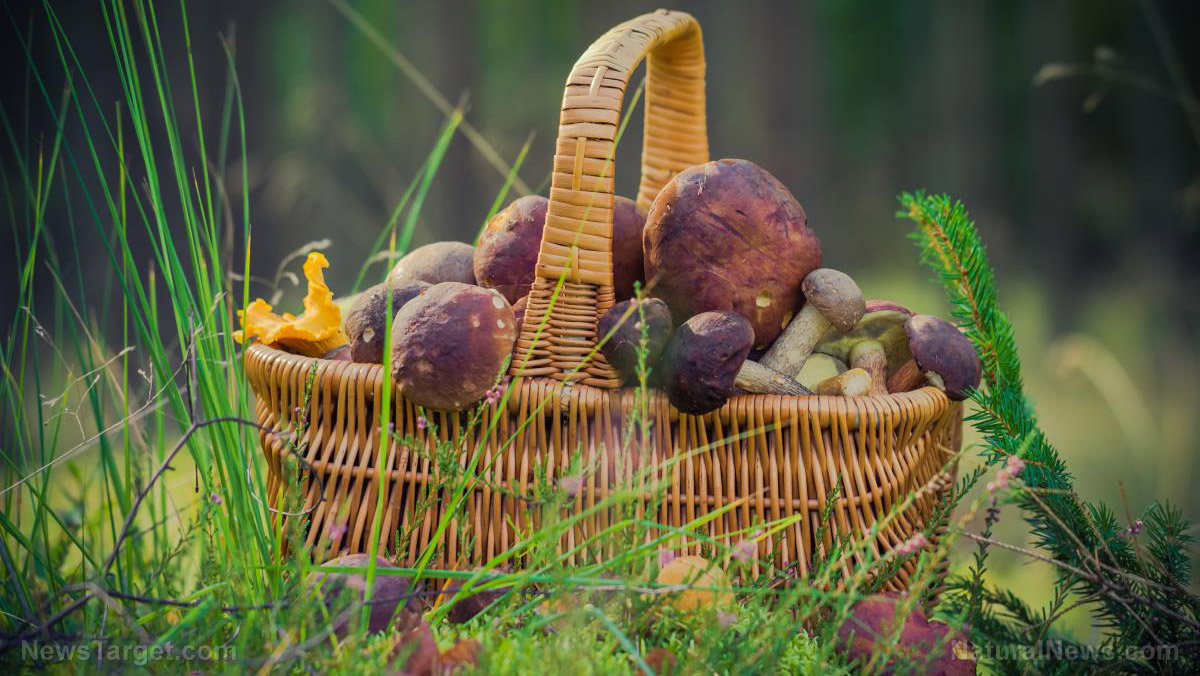
Advertisement
Pomegranates are vitamin-rich fruits. Besides their juicy seeds, their peels also offer health benefits, and according to a study, pomegranate peel extracts can even be used an alternative treatment for malaria.
A closer look at the benefits of pomegranate peel
The study was published in the journal BMC Complementary and Alternative Medicine and conducted by researchers from King Saud University. Results suggest that pomegranates (Punica granatum) contain anti-malaria properties that boost immune responses.
For the study, the scientists analyzed the anti-protozoal properties of the fruit in malaria-induced animal models. The mice subjects were assigned into three groups:
- A vehicle control
- A second group infected with Plasmodium chabaudi-parasitized red blood cells
- A third group of infected rats was treated with 100 microliters of a 300 mg/kg solution of pomegranate peel extract.
After a six-day observation period, the scientists harvested spleen tissue from the subjects for further analysis. Study findings revealed that spleen tissue from the mice treated with pomegranate extract had reduced parasitemia.
Spleen histology scores also found that the mice treated with pomegranate extract had less injury compared to the untreated mice. The researchers are hopeful that their findings can one day be used to develop an alternative treatment for malaria using pomegranate peel extracts.
Boost skin and dental health with pomegranates
While researchers continue to look into the benefits of using pomegranate peel as a natural cure for malaria, here are the other benefits of this amazing superfood:
- Dental hygiene – Pomegranate peels are often used in tooth powders and toothpastes. Taken in a powdered form with a bit of water, pomegranate peel naturally fights bad breath!
- Skin health – Pomegranate peel contains ellagic acid, which prevents the moisture in your skin cells from drying out. This makes the peel an effective moisturizer that helps keep your skin well-hydrated to prevent skin damage.
How to grow pomegranate trees
Now that you’ve learned about the many benefits of pomegranates, why not try growing them right in your backyard?
It’s easy to grow pomegranate trees in pots because they have a shallow root system. The trees can grow from two meters up to six meters (20 ft). It is best to grow pomegranate trees in USDA Hardiness Zones 9b – 11, but you can grow them below Zone 9 in containers.
Use soil with a neutral pH that is loamy and full of organic content. The soil should also be loose and permeable.
The trees will produce fruits that are a yellow-brown, reddish-brown, pink or with a deep red hard shell. Pomegranates contain edible seeds called arils that are transparent in color.
Pomegranate fruits are sweet and juicy, with a bit of crunch and tartness.
Below are fruiting dwarf pomegranate varieties that you can grow:
- Nana – Nana trees grow compact and are considered robust and cold-hardy. This variety thrives in USDA Zones 7 to 11. This container plant only reaches about a meter in height, with orange to garnet (dark red) flowers and small fruits.
- Provence – Provence varieties are cold hardy and they can tolerate temperatures down to 5 F (-15 C).
- State fair – This variety is fairly manageable when grown in containers. State fair trees can grow up to 1.5 m tall in USDA Zones 7 to 11.
Propagation vs. planting
Propagate pomegranate plants using cuttings or seeds in spring to summer when the temperature is about 68 F (20 C).
If you don’t want to wait too long for fruits, it’s better to buy a plant that’s about two to three years old from a local nursery or online.
Pots and planting
Use a pot that’s large enough for the tree variety that you’ve chosen. As the tree grows, re-pot the plant. Make sure the base of the pot has enough holes for proper drainage.
Water the pot regularly and use organic fertilizer as needed.
Place the pot in the sunniest location in your garden. The tree can also grow in partial shade, but your plant may not bloom and fruit as much than when placed in direct sunlight.
Watering
During the growing period, pomegranate trees require regular watering. Keep the soil moist, but don’t get it too wet or waterlogged.
Water the tree less frequently during winter.
Pomegranate tree care basics
Pruning
Prune the tree to help it maintain the desired shape and to encourage flowering and fruiting. Start pruning once all danger of frost has passed and the tree is about to start growing, such as between early to mid-spring.
Prune off weak, dead or undesirable branches. Always wear gardening gloves when working with trees that bear thorns.
Re-potting
Re-pot the tree when it becomes slightly root-bound. It is best to do this when there are no flowers or fruits on the plant, such as the beginning of the growing season.
Diseases, pests and other common problems
Pomegranate trees aren’t as vulnerable to pests and diseases, as long as you protect them from fruit flies, pomegranate butterflies and whiteflies.
All pomegranate varieties may suffer from fruit crack that occurs due to fluctuation or lack of moisture in a substrate during fruiting.
Harvesting
A tree grown from seeds will start to bear fruits in its third year. After your tree starts flowering, the fruits will ripen between three to six months.
Pomegranates are ready for harvesting once the crust of the fruit turns and intense red. Cut the fruit’s stem using a sharp pruning shear or knife.
Grow pomegranate trees in your backyard and enjoy the many health benefits of this sweet and tart superfood!
Sources:
Advertisements







